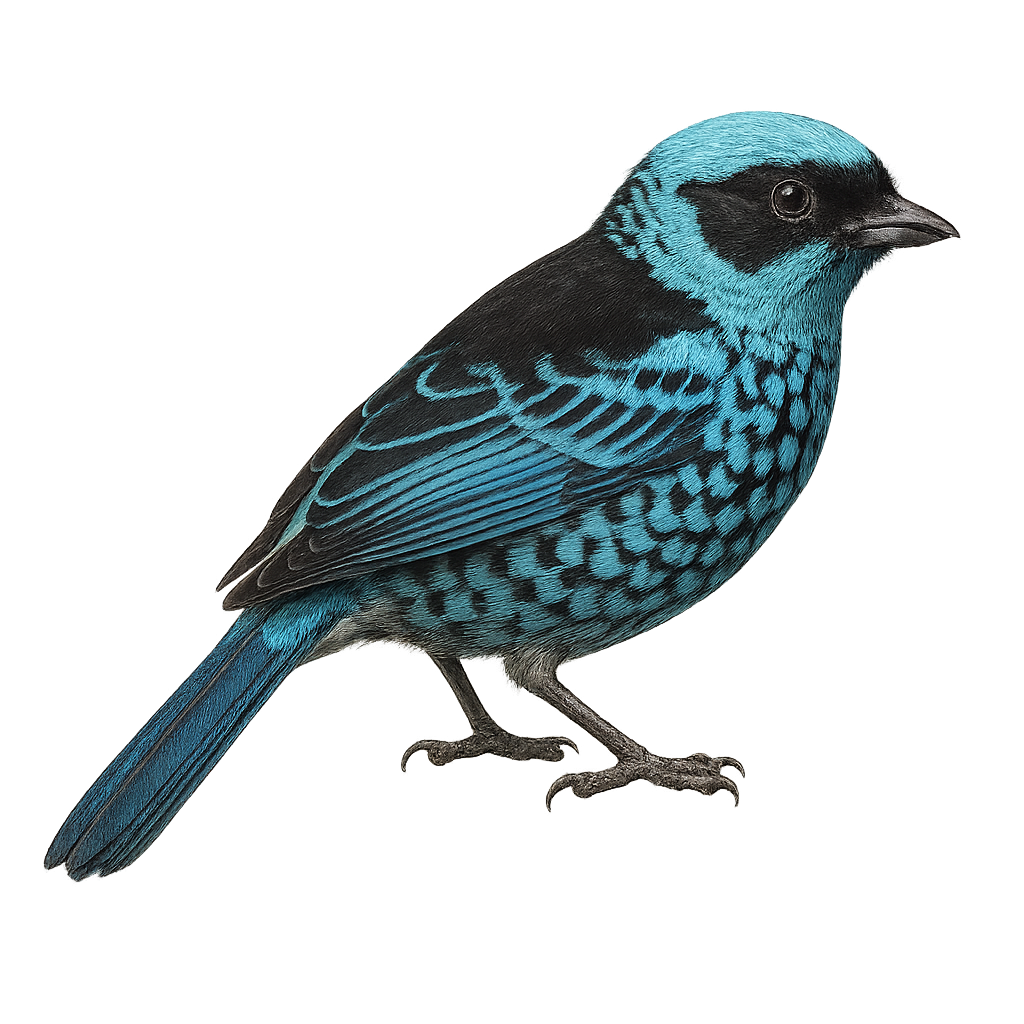Your wildlife photography guide.
Explore the black-backed tanager in detail, study its behavior, prepare your shots.
Where to observe and photograph the black-backed tanager in the wild
Learn where and when to spot the black-backed tanager in the wild, how to identify the species based on distinctive features, and what natural environments it inhabits. The WildlifePhotographer app offers tailored photography tips that reflect the black-backed tanager’s behavior, helping you capture better wildlife images. Explore the full species profile for key information including description, habitat, active periods, and approach techniques.
Black-backed Tanager
Scientific name: Tangara nigroviridis

IUCN Status: Least Concern
Family: THRAUPIDAE
Group: Birds
Sensitivity to human approach: Suspicious
Minimum approach distance: 10 m
Courtship display: March to May
Incubation: 13-15 jours
Hatchings: March to June
Habitat:
Tropical forests, rainforests, forest edges
Activity period :
Primarily active during the day, with peak activity in the morning and late afternoon.
Identification and description:
The Black-backed Tanager is a colorful and fascinating bird native to the tropical forests of South America. It is distinguished by its vibrant plumage, mixing shades of green, black, and blue. This small passerine is often observed in groups, moving agilely through the canopy in search of fruits and insects. Its melodious and varied song adds a musical touch to its natural environment. Although primarily arboreal, it occasionally descends to the ground to feed. Its presence is an indicator of the health of tropical forests, as it relies on plant diversity for survival.
Recommended lens:
400 mm – adjust based on distance, desired framing (portrait or habitat), and approach conditions.
Photography tips:
To photograph the Black-backed Tanager, it is advisable to use a telephoto lens of at least 400mm to capture detailed images without disturbing the bird. Look for areas where trees are dense, as this bird prefers forest habitats. Be patient and discreet, as it can be suspicious. Favor early morning hours to benefit from soft, natural light. Use a tripod to stabilize your camera and achieve sharp shots.
The WildlifePhotographer App is coming soon!
Be the first to explore the best nature spots, track rutting seasons, log your observations, and observe more wildlife.
Already 1 430 wildlife lovers subscribed worldwide

